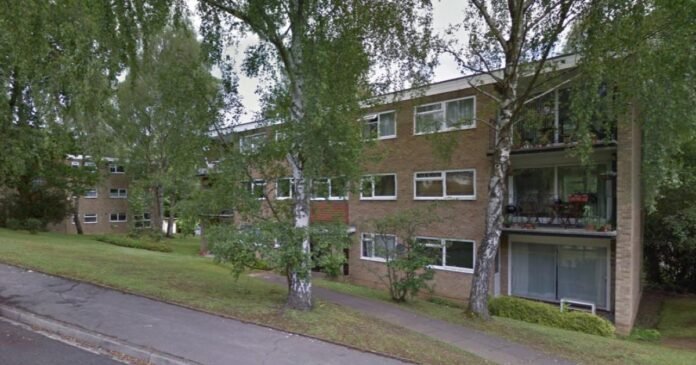Born on February 5, 1891, Elsie spent her early years at 78 High Street, Southampton, before her family moved to 63 Portswood Road.
Her father, George Washington Sandell, was a shipping broker at the family firm, Sandell Brothers & Son, and a gifted maritime artist whose work is still part of the City’s art collection.
Elsie’s career path initially took her to London in 1911, where she worked as an examiner for an international correspondence school.
By the start of the Second World War, she was living near Axminster with her father.
It was likely after his death in 1945 that she returned to Southampton, dedicating herself to chronicling its history.
Elsie was an incredibly prolific writer, producing a series of books that are still highly recommended today.
Her works include The Story of Old Southampton: a walk within the walls (1947), Southampton Sketches (1948), Southampton Cavalcade (1958), Southampton Panorama (1958), Southampton Contrasts (1960), and Southampton through the Ages (1964).
Beyond her books, she also authored local history booklets for children and contributed articles to the Daily Echo, such as her June 1954 piece on ‘Old East Street and its People.’
Her insights weren’t limited to print; she also shared her knowledge on radio and television.
Her dedication to promoting Southampton’s heritage extended to major events.
In May 1947, she penned significant portions of the script for the Quincentenary Pageant.
This event, featuring 200 performers, commemorated the 1447 Charter that established Southampton as a County Town, incorporating historical moments like the 1415 plot against King Henry V and the 1620 sailing of the Mayflower.
Elsie was actively involved in numerous local organisations, including the YWCA, the Poor Ladies Fund charity, Friends of Old Southampton, and the Alliance Française.
One of her most notable contributions was her instrumental role in organising the D-Day embroidery.
Inspired by the bomb-damaged High Street in 1947, she conceived the idea of an embroidered memorial to Southampton’s vital contribution to D-Day in 1944.
Several local women’s groups enthusiastically embraced the project.
The magnificent 9 by 4.5 feet embroidery, designed by Miss C. Christison, saw its first stitch in May 1950 and was completed in 1953.
This significant piece was even displayed at the SeaCity Museum for the 75th anniversary of D-Day.
Elsie’s impact extended to education.
In 1962, she unveiled a plaque at the opening of the girls’ section of the new Glen Eyre School in Violet Road, educating students about the school’s historical significance as the first girls’ school to open in Southampton in 200 years.
This school later merged and is now known as Cantell.
Her legacy is also honoured at Millbrook Secondary School for Girls, where a house was named after her.
Furthermore, since 1963, the University of Southampton has awarded an Elsie M. Sandell prize for history students.
A true advocate for her city, Elsie served on the Public Libraries and Museums Committee.
In 1953, she became the first recipient of the Southampton Publicity Club’s award for Outstanding Service to the Town.
She successfully opposed a proposed expansion of Tyrrell & Green’s store in Above Bar Street, preventing its encroachment onto the beloved park behind it.
Elsie lived at Winn Road from 1923 to 1970, later residing in a flat in Westwood Road.
Her profound influence on the city is permanently recognised with Sandell Court, a block of flats in The Parkway, Bassett, named in her honour.
Elsie Mary Sandell passed away in 1974, leaving behind a remarkable legacy as a historian, community leader, and champion of Southampton.









